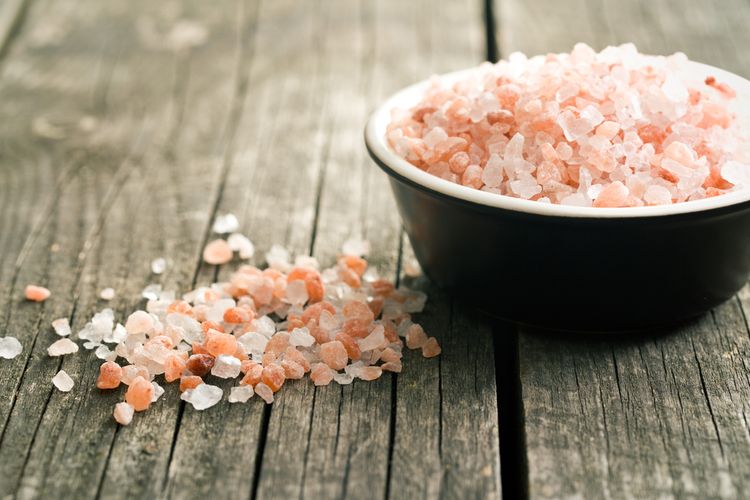KOMPAs.com – Salt is often considered a taboo ingredient at the dinner table, but it may be time to change that view. In the past, table salt was the only option, but now there are many different types of salt available.
In fact, salt has gotten a bad reputation that isn’t entirely fair. As an essential mineral, salt plays an important role in body function.
According to Jennifer Weis, RD, salt contains electrolytes which are important for hydration, muscle contraction (including the heart), and maintaining pH balance in the blood.
Also read: 3 ways to store salt so it doesn’t spoil, don’t go near the stove
The key to a healthy life is balance (no less and no more), including consuming salt.
How to choose the right salt
Chemically, salt is a mineral consisting of sodium chloride. Salt is mined from oceans, salt lakes, or rocks containing sodium chloride deposits.
The source, processing, and texture of salt crystals play an important role in determining the type of salt you consume.
The best salt choice depends on personal needs, such as texture preferences, taste, or goals to reduce sodium intake. If you have certain health conditions, discussion with a doctor is important.
According to Weis, many people choose alternatives to regular salt to support health or adjust to taste preferences.
Based on Dietary Guidelines for Americansadults generally need about 2300 milligrams of sodium per day (about 1 teaspoon of table salt).
Some people may want to reduce their sodium consumption or increase their intake of certain micronutrients by choosing a different type of salt.
The three healthiest types of salt for cooking
There is no one type of salt that is suitable for everyone, so you need to consider the benefits and drawbacks according to your health needs. Here are three of the healthiest salt options for cooking:
Also read: Doctor: Children with Nephrotic Syndrome Reduce Salt
1. Sea salt
Sea salt comes from evaporated sea or salt lake water. Because it requires less processing than table salt, sea salt retains additional minerals.
One teaspoon of coarse sea salt contains about 1560 milligrams of sodium and may contain traces of potassium, iron and zinc.
2. Himalayan salt
Himalayan salt is another healthy alternative to table salt. With larger grains, you don’t need as many to impart flavor to food.
 Himalayan salt illustration
Himalayan salt illustrationThis salt contains more calcium, potassium, magnesium and small amounts of iron, as well as less sodium than table salt. The sodium content is around 2200 milligrams per teaspoon.
3. Kosher salt
As a type of sea salt, kosher salt has a coarser texture than table salt, making it ideal for cooking and seasoning meat. One teaspoon of coarse kosher salt contains about 1240 milligrams of sodium.
Each type of salt has its own uniqueness and benefits. Choosing the appropriate salt depends on your dietary needs, taste preferences, and health goals.
Also read: How was Himalayan Salt Found in the Mountains?
By understanding these types of salt, you can make wiser choices in cooking and maintaining health.
Listen breaking news And selected news we’re right on your phone. Choose your favorite news channel to access Kompas.com WhatsApp Channel: https://www.whatsapp.com/channel/0029VaFPbedBPzjZrk13HO3D. Make sure you have installed the WhatsApp application.






